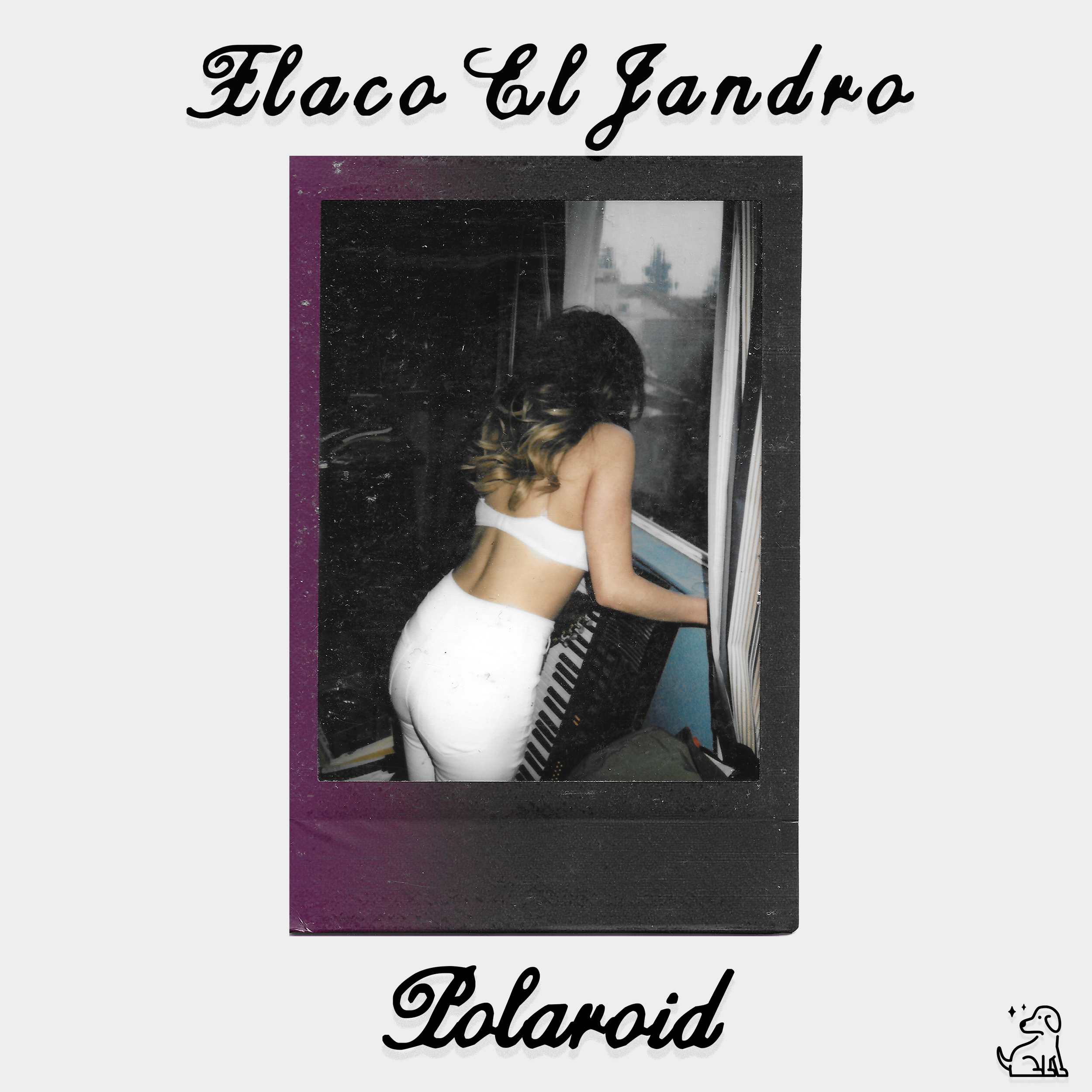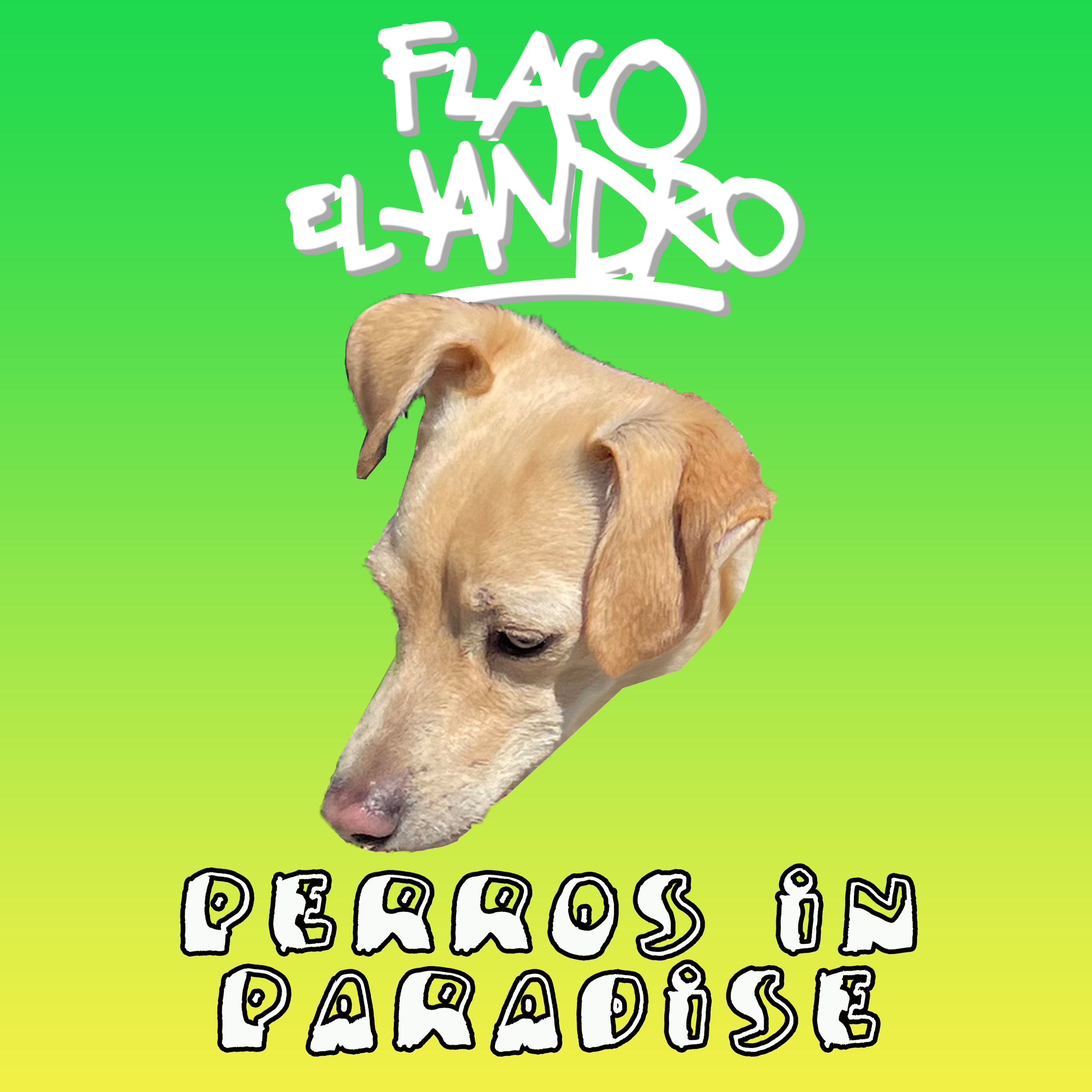SALAZTLAN
Polaroid
acariciame
Perros in paridise (live)
apaga la luz
Me enamoré de ti
Nada te pido
8/12/22 – Nada te pido is the second album/ep by Chicano artist Flaco el Jandro. This project is his take on the regional Mexican subgenre of Sierreño. The album takes inspiration from more traditional artists like Miguel y Miguel and Tigrillo Palma, but with elements of indie, reggae and rock. Although the album is composed of one genre, the musical stylings still vary greatly from song to song, as is to be expected from a Flaco el Jandro project. Some tracks feature banda and traditional and contemporary sierreño elements, while others experiment with the formula using jazz chords, and electric guitars as well as an organ sound reminiscent of the grupos romanticos of the 60’s and 70’s.
What makes the album unique is that it features a few renditions of reggae songs, one from Argentinian reggae legend Fidel Nadal and the other by the local Salinas band Wasted Noise.
The concept of the album is the life cycle of a romantic relationship, how it starts very exciting and innocent, but slowly can become toxic and difficult to maintain. The album cover, designed by David Castañeda, depicts a heart shaped concha being broken in two, representing how love can be bittersweet. At the end of this we are told by our narrator, Chui Ramirez, to focus on ourselves because love is not always something that we must seek, but something that finds us.
Artwork by David Castañeda
No Te pido nada
2/14/21 - I was inspired to write No Te Pido Nada after reading a poem by Frida Kahlo where she wrote "No te voy a pedir que hagas nada, ni siquiera que te quedes para siempre, porque si tengo que pedírtelo, ya no lo quiero". The song speaks on having no desire to beg someone for the love you want or need from them when they don't reciprocate it. I produced the song myself with the intent of making a classic Mariachi style bolero but fused with bedroom pop. The song is a part of my upcoming album Nada Te Pido.
Artwork by David Castañeda
Mi encendedor
Mi Encendedor is a reggae-infused, cumbia villera inspired banger with one of those ear-worm hooks that’s sure to get stuck in your head after just one listen. The topic of the song is extremely simple, but very relatable. Everyone has a friend (or oftentimes has been that friend) that pockets a lighter after borrowing it. A slightly annoying/frustrating situation that Flaco el Jandro has turned into a danceable Cumbia that is sure to get your body moving.
Artwork by Tony Tamayo
Ahí Muere
Canciones para curar la depresión
nadie
A heavy cumbia anthem blending elements of cumbia sonidera with son jarocho instrumentation. Two sounds somewhat foreign to each other yet they work together in harmony. This mix of textures is a perfect representation of the song's theme, identity crisis.
“When I was younger, someone asked me if I identified as Mexican-American, when I told them yes they asked why? Why did I feel the need to identify with something that’s not mine? Insinuating that my heritage wasn’t something that was inherently passed down to me, or ‘mine’ but something that was and no longer is. He went on to explain how when his grandfather migrated from Italy to America, he stopped identifying as Italian and now just as American. I didn’t understand it at the time, but essentially this was a form of mini ethnic cleansing of my being, a conquest of my heritage in order to make me assimilate. I know I’m not alone in feeling like I’m torn between the world my family and ancestors grew up in and the world I live in, it’s a struggle to find identity that all Chicanos and people of color face.”
It’s for this reason Flaco el Jandro wrote this song, to express what it feels like to be a mestizo, descendent of many roots but inhabitant of a new world, “Ni de aqui, ni de alla”.The message the listener gets from Nadie is that our struggle to understand who we are is not for those in power to take advantage of, on the contrary, it is for us to educate ourselves and create an identity all our own to use as our defense against those that try to rob us of our culture. We are no one and everyone all at once, we know where we come from and we know where we’re going. “Yo no soy nadie, no vengo de ningún lugar, pero soy todos los colores menos uno, y ese es la ausencia de color”
Artwork by Jorge Garza












